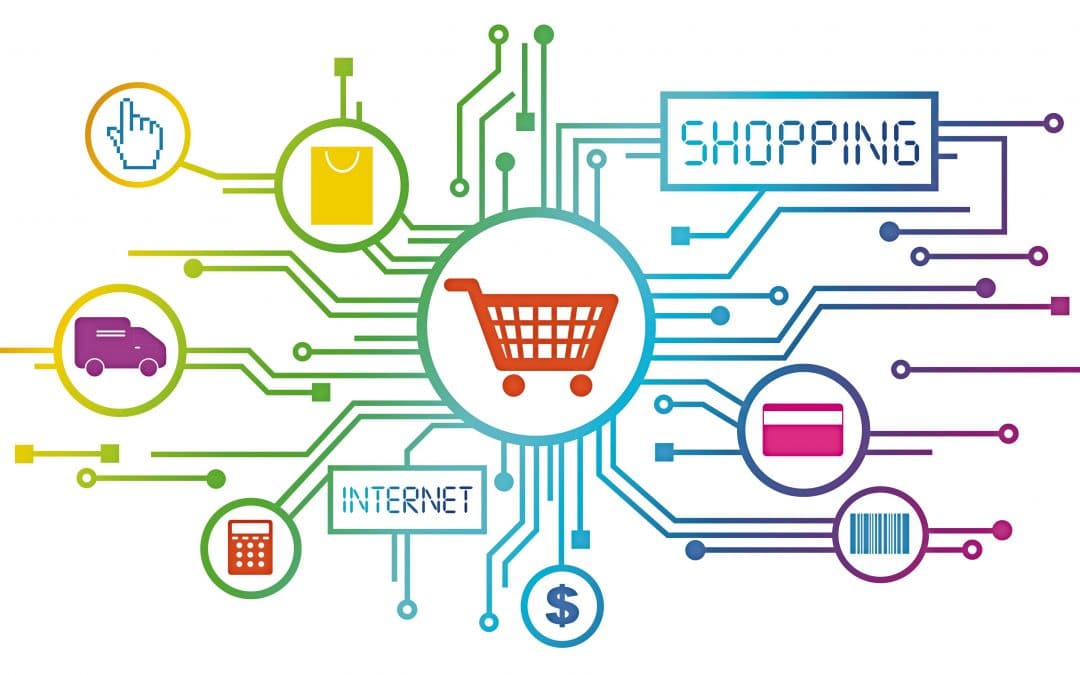INTRODUCTION
If you’re reading this guide, you’re likely a marketer seeking to do a few critical things – discover ways to adapt to today’s sophisticated customer journey, identify predictable and cost-efficient strategies to find new customers, and ultimately earn market share and grow your business. If so, you wouldn’t be alone. In 2020, small and medium-sized businesses (SMB’s) are forecast to expand their marketing efforts in order to increase top-line revenue, enhance profitability, acquire new customers and deepen current client relationships:

To accomplish these goals, marketers will need to understand and be nimble enough to adapt to a new, consumer-driven marketplace.
In this blog, we will:
- Detail how the customer buying process (i.e. the ‘Customer Journey’) has evolved over time and the dramatic impact it’s had on the sales and marketing functions of most businesses.
- Explore how to construct, implement and evaluate marketing strategies that address this reality and turn challenges into successful business outcomes.
MARKETING CHALLENGES & OBSTACLES
Marketing, advertising and promotion are fundamental components of most client acquisition strategies but knowing where and how to begin can be a daunting proposition. An organization’s internal competencies will directly influence the extent to which programs can be deployed and the impact each has on its bottom line. Constraints ranging from a lack of human and technical resources, expertise, time and budget can all undermine the initiation and fulfillment of marketing activities.
Further complicating these deficiencies are the changing attitudes and behaviors of today’s consumer – an evolution transforming the very role of marketing itself.
Marketers have long utilized the “funnel” concept as a way of characterizing the consumer’s rational and emotional experiences while considering a purchase.
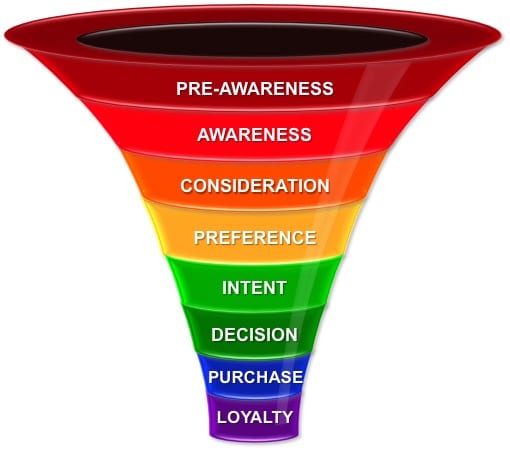
As a case use, we’ll reference the funnel graphic here as a representation of the classic stages the typical consumer will experience – consciously or unconsciously – on their “journey” toward a purchase decision.
THE MODERN CUSTOMER JOURNEY
Empowered Consumers
Over the last 20 years, the rise of the Internet has empowered consumers to make smarter and more informed purchase decisions, resulting in more control over the buying process than ever before.
Today, up to 80% of consumers will research products and services online before ever making personal contact or a purchase from a business (Source: Blue Corona). This so-called Internet “revolution” has brought about nothing short of a paradigm shift, forever altering the traditional sales and marketing functions for most businesses.
To illustrate, consider the car buying process. In the not-to-distant past, a consumers first step when considering a purchase was to engage a salesperson at a dealership to learn about vehicle features, benefits and pricing. In that single interaction, the dealerships sales function was accountable for educating, persuading and closing the transaction, shouldering the bulk of the acquisition responsibility. The marketing function, in contrast, was relegated largely to making consumers aware of various makes and models and where to locate dealers for more information.
The graphic here depicts this TRADITIONAL relationship between the sales and marketing functions along each stage of the funnel:
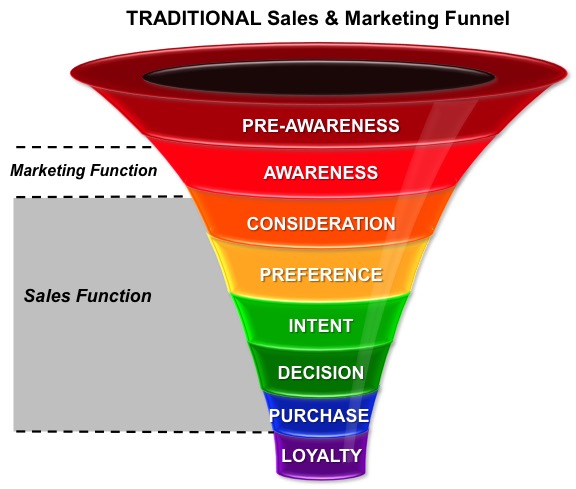
Consider how different that is from today’s car buying experience. Instinctively, our first step today is to seek out resources online to become familiar with the marketplace. Since 93% of all online experiences start with a search engine (Source: Think With Google), a consumer might start with a search for manufacturer websites to compare makes and models, followed perhaps by review sites for owner’s experiences with reliability, gas mileage and safety, concluding with visits to individual dealer sites for inventory and price ranges in their local area.
This modern journey through the funnel is, therefore, often concluded before the dealership’s sales function ever comes into play. It’s not until the purchase decision is nearly complete that a salesperson is engaged, and only then with the consumer already equipped with knowledge of their desired model and price willing to pay.
In this scenario, the marketing function has jumped the sales function in terms of importance and its influence in the purchase decision process. No longer is it sufficient for marketing to simply create awareness – today, it’s charged with providing the resources and information necessary to educate, influence, create intent and often times generate direct sales.
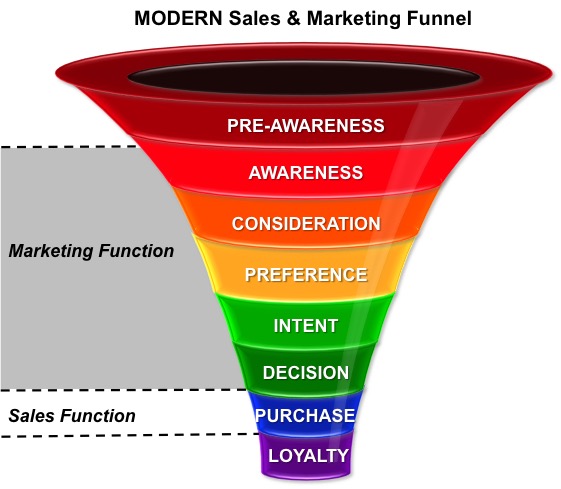
The graphic here demonstrates how the MODERN sales and marketing functions have reversed roles and just how much weight is now placed on the latter.
Attention Spans
Moving in parallel with the empowered consumer is a second fascinating evolution in consumer behavior – shortening attention spans. According to Statistic Brain, the average adult attention span in the year 2000 was 12 seconds. Today, it’s 8.25 seconds (and decreasing rapidly!). In fact, research shows that we humans now have shorter attention spans than even goldfish that clock in at 9 seconds (Google “goldfish attention span” to view the full data set).
The point being that as consumers continue to absorb information in quicker and smaller increments, marketer’s opportunities to grab, hold and shape attention draws shorter as well.
Unfortunately, there are very few industries that have not been impacted by this transformation in our marketing blueprints. Automotive, retail, travel, financial services, consumer goods, entertainment and others have all seen their tried-and-true convictions turned upside down.
The question then becomes, how do marketers insert their brands into the customer journey to not only capture attention, but maintain it long enough (and effectively enough) to educate, influence, persuade and earn new customers?
Marketing’s fundamental pillars of 1) Planning, 2) Execution and 3) Analysis are still applicable in today’s environment – they must now, however, be tailored to serve the evolving needs of the modern consumer.
PLANNING & STRATEGY FORMATION
The first priority for any initiative should always be to develop a clearly defined roadmap for success. A pre-defined, proactive marketing plan ensures laser focus on the most critical priorities, allows for adaptation to changing conditions, reduces costs due to oversight or duplication and eliminates shotgun tactical errors.
Despite its importance, the fact remains that nearly half (47%) of all SMB’s conduct marketing activities without a pre-defined strategy:

A well-defined marketing strategy will include 3 fundamental elements, each critical to an integrated plan for success:
- Business Goals & Key Performance Indicators (KPI’s)
- Unique Selling Propositions (USP’s)
- Customer Persona Profiles
Business Goals & Key Performance Indicators (KPI’s)
A best practice when aligning marketing programs with business outcomes is to first determine what success looks like – sales, revenue, customer value, cost of goods sold, etc. – then build a comprehensive framework around accomplishing those specific objectives.
Business goals and marketing KPI’s are both viewed as barometers for success, though each offer distinct types of output. KPI’s track the means by which an end will ultimately be achieved, while goals and outcomes are the ends themselves. In other words, KPI’s are good proxies for success, but at the end of the day, it’s the actual business outcomes they translate into that have real meaning to the bottom line. Common examples of each include:
Key Performance Indicators:
Leads
Phone Calls
Appointments
Video Views
Social Media Shares
Social Likes/Follows
Store Visits
Website Visitors
Downloads/Coupons
Business Goals & Outcomes:
New Sales & Revenue
Repeat Sales & Revenue
New Accounts/Clients
Products & Services Sold
Increased Market Share
Return On Investment
Unique Selling Propositions (USP’s)
Very few businesses are one-of-a kind. Most industries have numerous businesses that promote similar, if not exactly the same, products and services and compete for the same market share. A Unique Selling Proposition, therefore, is a succinct description of core features, benefits and differentiators that solve customer pain points. A strong USP speaks directly to the customer and clearly communicates why one business should be selected over the other.
Customer Personas
The final planning element to consider are customer personas – semi-fictional portrayals of ideal customers comprised of demographic data, preferences, behaviors, fears, desires, dreams, worries and needs – all wrapped into a single profile used for audience targeting and messaging. The most effective personas are developed with respect to audiences most attractive in terms of profitability and ROI.
Examples are nearly endless, but the following is a sample persona template and the data that brings it to life:

EXECUTION – ADVANCED DIGITAL CHANNELS & SOLUTIONS
Once planning and a vision for success is in place, the focus may turn to execution. As consumers continue to take control over the buying process, marketers will have to leverage all of the available tools at their disposal to keep pace.
Fortunately, the technology that has empowered the consumer has also empowered today’s marketer. Advanced digital channels have innovated right alongside the consumer, allowing marketers to enter the consideration cycle and deliver valuable information to inform and persuade.
Chief among these capabilities are the Search, Social Media, Display, Mobile, Video, Retargeting, Email and Local Marketing channels, which when coupled with tactics like Lead Catalysts, Lead Nurturing and Marketing Automation, offer marketers powerful tools to engage with consumers. The following briefly highlights the benefits of each channel and tactic:
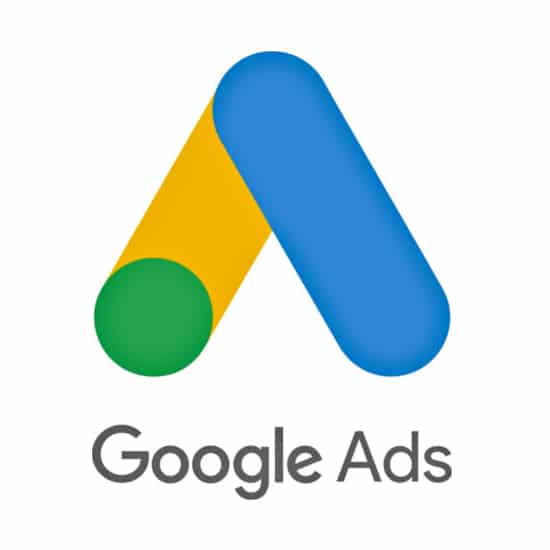
Search Marketing
Search Marketing provides timely and highly relevant solutions to consumer needs at the very moment they seek answers, increasing a brands visibility and achieving a distinct advantage over the competition.
Given its granular targeting, pay-per-click model, cost controls and tracking capabilities, Search is one of the most efficient channels available to gain immediate and consistent website traffic with strong ROI results.
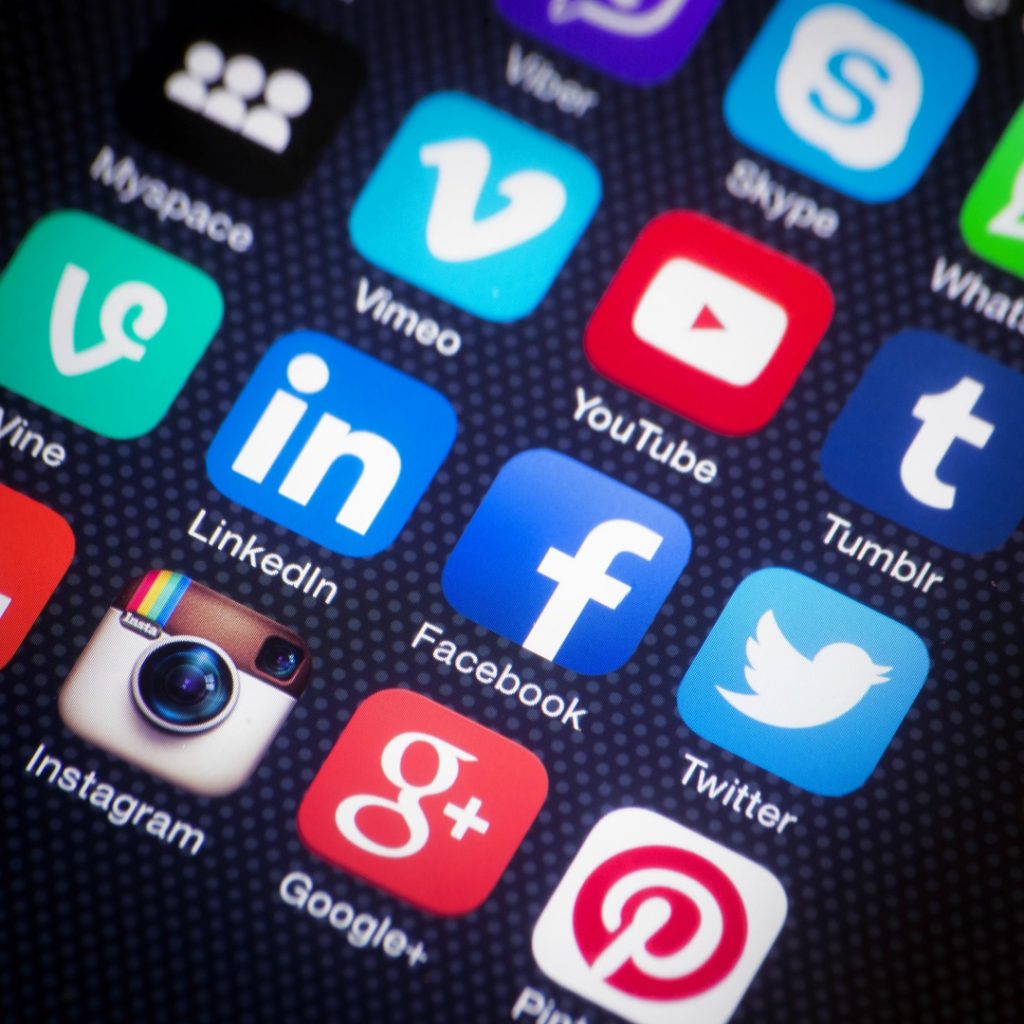
Social Media Marketing
Social Media is how the world and savvy businesses communicate.
Social brings a lot to the table – a loyal and captivated audience, an immense wealth of data for targeting purposes and a highly visual environment enabling rich, immersive user experiences.
All of which offers businesses a unique platform to drive awareness, engagement, advocacy, loyalty and enhanced two-way customer relationships.

Local Marketing
The near complete saturation of smartphone usage today has provided consumers with immediate, on-the-fly access to local business information like location, directions, phone numbers, hours of operation, sales/promotions, inventory availability and photos among other relevant details.
Be found, drive foot traffic and promote unique benefits to your most critical target audience – the consumers in your immediate, local community.
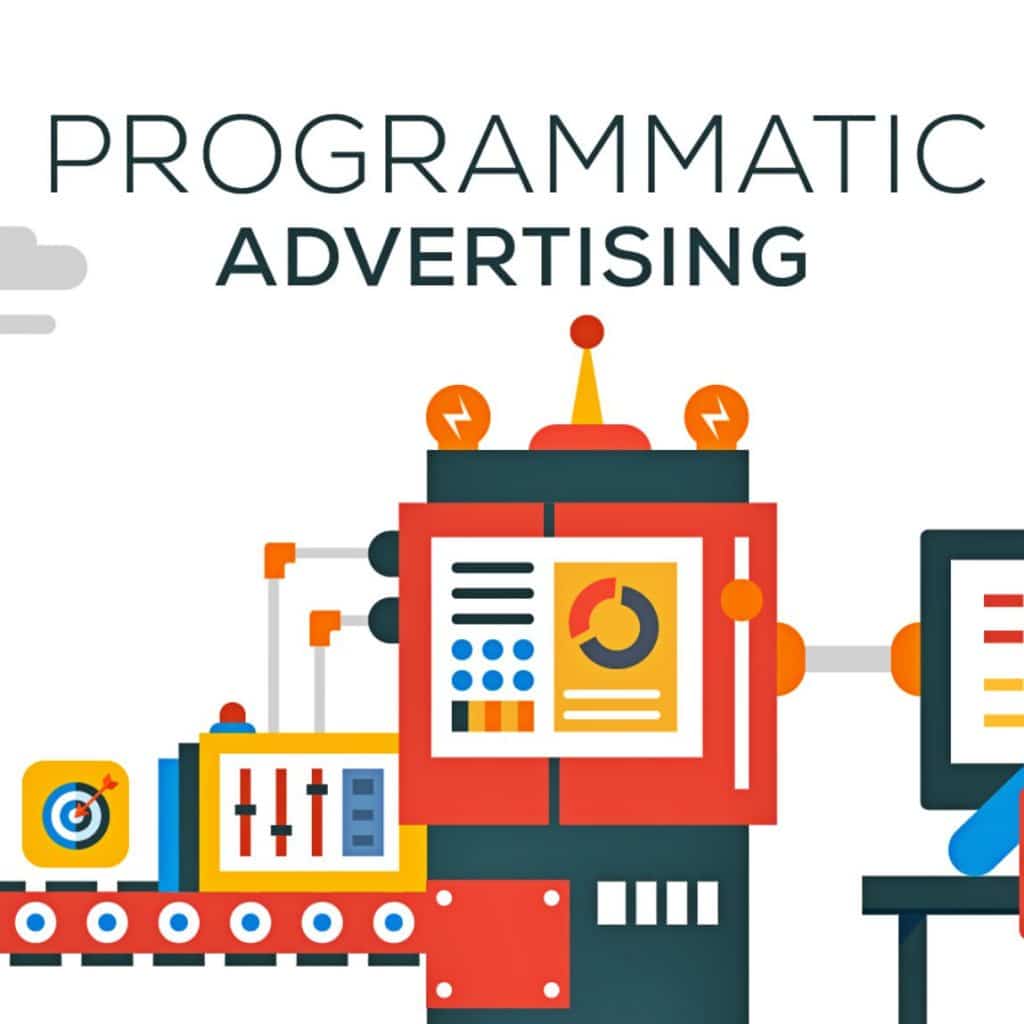
Display, Mobile, Video, Native & Retargeting Marketing
Take your marketing to the next level by leveraging big data, artificial intelligence, machine learning and predictive modeling through programmatically-bought Display, Mobile, Video, Native and Retargeting programs.
Programmatic leverages millions of demographic, behavioral and purchase-intent data points in real-time to pinpoint consumers most likely to take action, thus reducing waste and enhancing performance.
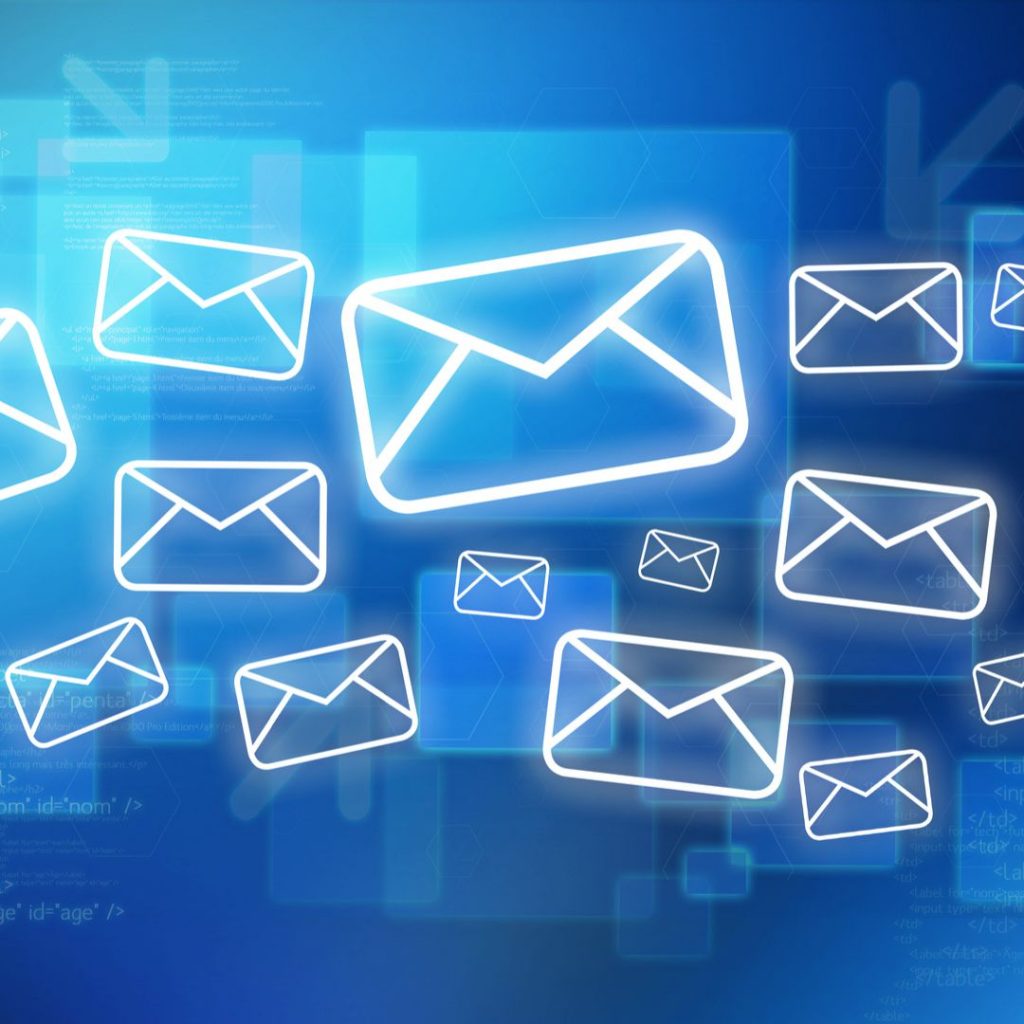
Email & Content Marketing
The purchase cycle for most products and services goes well beyond a single touchpoint. Email programs enable the periodic, timely, sequential and automated messaging of content, keeping prospects engaged until ready to purchase and customers persuade to buy again.
Earn trust, shape preferences and influence consumer buying decisions at scale with Email & Content Marketing.
Lead Catalysts
A popular marketing device often utilized today is the Lead Catalyst – a highly relevant piece of content designed to create interest and engagement with a target audience (customer persona). Typically cost and risk free, the consumer willingly opts-in to obtain its value. Examples may include:
- Coupons / Discounts / Redeemable Offers
- Risk-Free Consultations / Appointments
- Product & Service Demonstrations
- Webinars / Tutorials / “How To” Videos
- Client Success Stories
- Newsletters / eBooks / Whitepapers
In return for this value, the marketer receives an email address, demographic information and other pertinent information on the consumer’s preferences. This equal, fair and agreed upon exchange is the launching point for a relationship that if managed effectively, will build the trust and confidence required for a prospect to become a customer.
Lead Nurturing
Managing the consumer relationship is where Lead Nurturing comes into play, as the exchange described above is only the first step in a longer process. The opted-in nature of the Lead Catalyst allows for future engagement and the opportunity to strategically lead a consumer through the consideration cycle.
This ongoing conversation, i.e. Lead Nurturing, is the strategy of sending relevant, timely, valuable, targeted, and sequential email messages as a way of keeping consumers engaged as they move through the various funnel stages.
As statistics from Demand Gen Report clearly demonstrate, lead nurturing is highly effective in building credibility and driving new revenue opportunities:

Marketing Automation
As we’ve already noted, time and human resources are constraints marketers face on a daily basis – no organization has an unlimited supply of either asset. Technology, however, has made it possible for marketers to boost productivity while increasing operational efficiencies, all within the confines of limited resources.
As an example, lead nurturing is a relatively straightforward endeavor until scale is factored into the equation. Having 10…100…1,000…10,000 or more leads to nurture can very quickly become unmanageable. Even with dedicated teams, it’s nearly impossible to manually administer the process at any level of scale.
Automation in this area now allows marketers to deliver the right message, to the right user, at the right time and on the right device – regardless of scale – with complete customization of content, timing and sequencing.
The following is a sample email automation campaign utilizing unique messaging tracks for specific customer actions:

From an execution standpoint, the funnel graphic here depicts digital solutions that impact each stage of the modern consumer journey, enabling the marketing function to move consumers through the funnel to generate quality leads and close new business.

ANALYSIS – OPTIMIZATION, MEASUREMENT & RETURN ON INVESTMENT
Marketing programs of any scale are only as good as the results they produce. Just as critical to planning and execution, and in some ways more so, is the final marketing pillar – ongoing performance optimization, data analyzation and the gleaning of actionable insights for future endeavors.
Big Data
The term “big data” is now a part of our common lexicon for good reason – it’s invaluable capital that every business can leverage to its benefit. To say there’s a lot of it at our disposal would be a gross under-statement.
Today’s marketing platforms offer a wealth of data to directly influence campaigns before, during and after completion.
Millions of granular, real-time data points on consumer demographics, psychographics, geography, preferences and purchase-intent are now commonly used for targeting and ongoing optimization purposes.
Hope Is Not A Strategy
Unlike traditional media that is bought, scheduled, run and then measured after completion, digital marketing channels afford the opportunity to analyze and optimize performance in real-time, as initiatives run.
It’s for this reason we no longer have to guess or hope that marketing dollars will be spent effectively. Digital technology is capable of isolating areas of high performance, while at the same time pinpointing areas of opportunity for improvement, allowing marketers to optimize performance and drive predictable results.
It’s said that a chain is only as strong as its weakest link – fortunately, digital marketing in combination with technology and analytics can make identifying the weakest link not only possible, but also profitable.
Return On Investment (ROI) & Lifetime Customer Value
Roughly half (43%) of SMB’s surveyed in a HubSpot study state that “proving the ROI” of their marketing activities is their top challenge. The same study highlights organizations that do and do not put analytics into regular practice:

The perspectives from which to analyze performance will be unique to the KPI’s and business goals set out to attain. Imagine, however, how an even incremental improvement to any of the KPI examples below could exponentially impact business outcomes at the end of the sales pipeline:
- Website Traffic
- Website Traffic to Lead Ratio
- Lead to Qualified Lead Ratio
- Qualified Lead to Close Ratio
- Lead to Qualified Lead Ratio
- Website Traffic to Lead Ratio
Akin to our chain analogy, KPI’s too, are only as good as the business outcomes they produce. Did marketing activities result in more revenue generated than dollars invested? By how much? What quantitative value did new customers yield and what value will each produce in the future?
Answers to these questions will provide return on investment and lifetime value measures that determine the bottom-line success or failure of marketing programs.
ONLINE MARKETING & THE MODERN CUSTOMER JOURNEY
The modern customer journey has evolved considerably over the past 20 years and shows no signs of slowing. As technology and other resources become readily accessible, consumers will continue to enjoy a position of strength and increased levels of control over the buying process.
The good news for marketers is that today’s digital marketing strategies and solutions provide the tools and capabilities keep pace.

